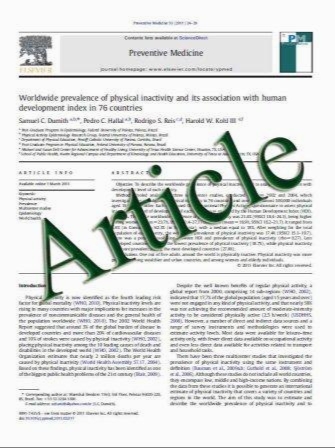Microcalorimetric studies of interactions between proteins and hydrophobic ligands in hydrophobic interaction chromatography: effects of ligand chain length, density and the amount of bound protein
- نوع فایل : کتاب
- زبان : انگلیسی
- مؤلف : Fu-Yung Lina, Wen-Yih Chena ,*, Ruoh-Chyu Ruaanb, Hsiang-Ming Huanga
- چاپ و سال / کشور: 2000
Description
Using isothermal titration calorimetry (ITC), this investigation directly measured the adsorption enthalpies of proteins on various hydrophobic adsorbents. Various amounts of butyl and octyl groups were attached onto CM-Sepharose to form C4 and C , two types of hydrophobic adsorbents. The adsorption enthalpies of both trypsinogen and a-chymotrypsinogen A 8 were measured at 4.0 M NaCl and pH 10.0, in which most ionic interaction was suppressed. The adsorption isotherms of both proteins on various adsorbents were also measured, thus allowing us to calculate the Gibbs free energy and entropy of adsorption. Experimental results indicated that the adsorption of both proteins on butyl-containing adsorbents was exothermic, while their adsorption on octyl ones was endothermic. In addition, binding of both proteins with the butyl ligand is basically an adsorption process, while binding with the octyl ligand is adsorption and partition processes. Moreover, on both butyl or octyl, the adsorption enthalpy became increasingly positive as the ligand density increased, while the adsorption entropy became more positive as the alkyl chain length or density of the adsorbent increased. In addition, ITC was used to measure protein–protein interaction. The adsorption enthalpy of both proteins increased as the amount of bound protein increased, and the enthalpy increase of trypsinogen appeared to be higher than that of a-chymotrypsinogen A. This observation implies that protein–protein repulsion was stronger among trypsinogen molecules in the experiments. س 2000 Elsevier Science B.V. All rights reserved.
Journal of Chromatography A, 872 (2000) 37–47 Received 9 August 1999; received in revised form 10 November 1999; accepted 15 November 1999


